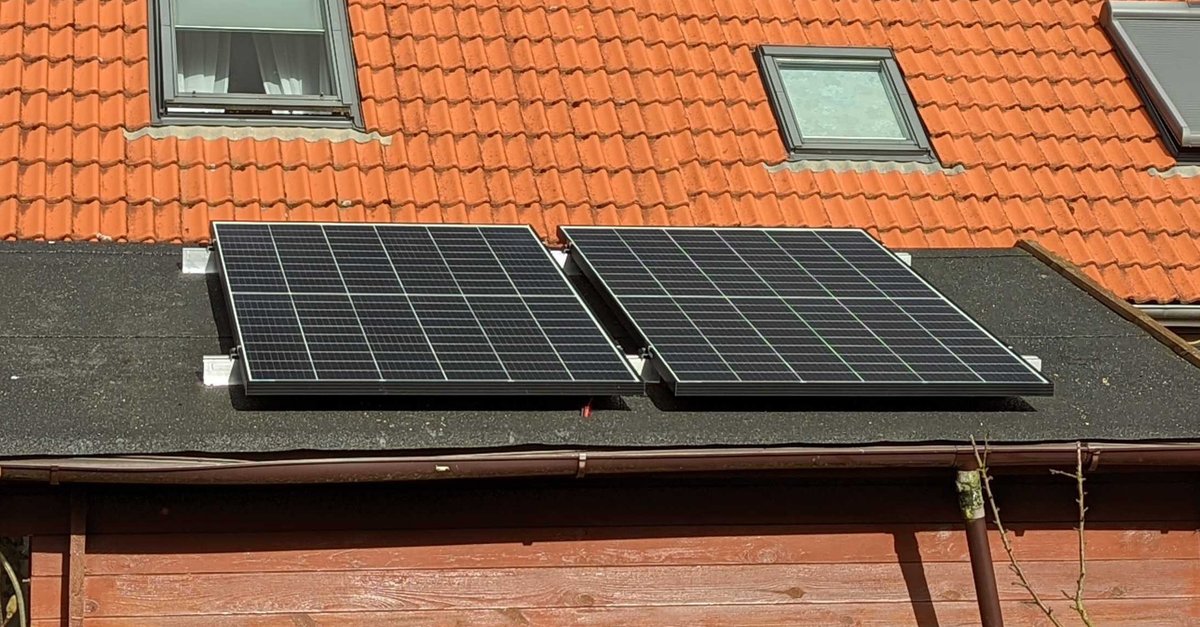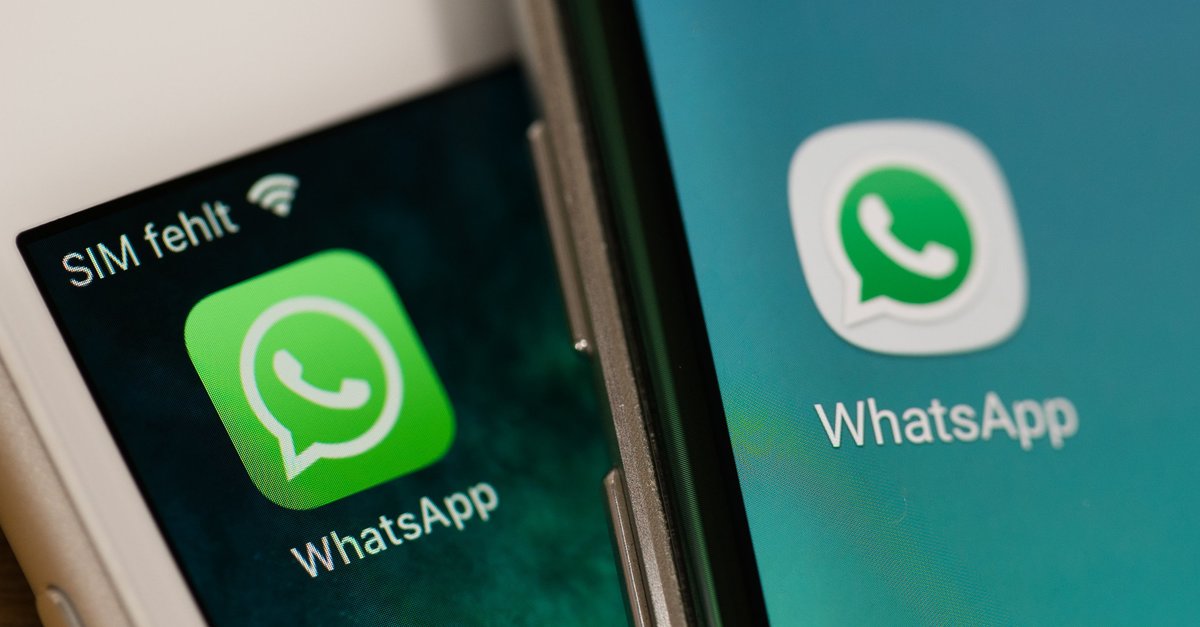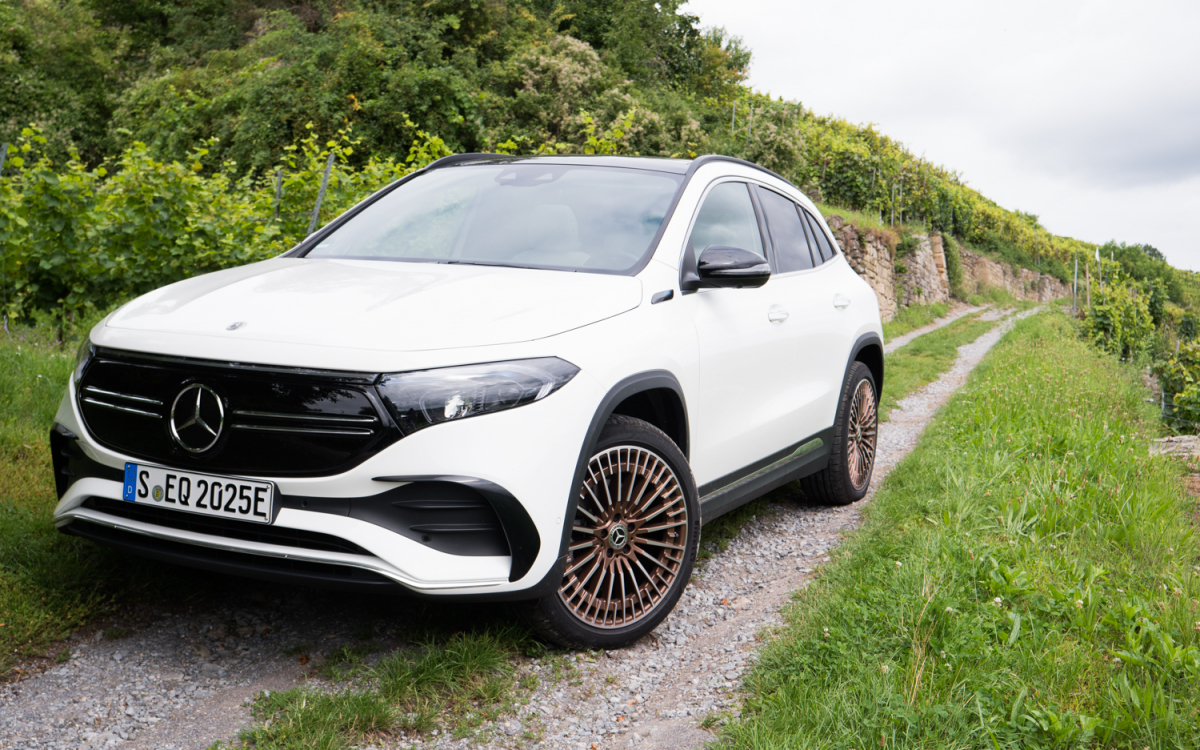When is a mini solar system really worth it for you
With rising electricity prices, interest in so-called balcony power plants is growing. Of course, they are easy to install, do not cost much and pay for themselves in just a few years. Sounds almost too good to be true. In fact, you should consider a few things before you just buy a mini solar system and then not notice any savings on your electricity bill. Savings will not happen by themselves.
Contents
How exactly does a balcony power plant actually work?
In order to achieve the greatest savings with a plug-in mini solar system, you have to understand how a balcony power plant works. Basically it’s very simple. As soon as the sun shines on the solar panels, energy is generated. This energy is converted by the inverter and fed into the power grid belonging to the house or apartment via the socket. Now comes the important part: You have to use the energy immediately!
Ready-to-plug mini solar systems with up to 600 watts are designed so that you can use the electricity that you are generating at that moment immediately. In contrast to large PV systems, you get namely no feed-in tariff and also has no battery as a buffer. Any electricity that you produce and don’t use is sent back into the grid, but you don’t get anything in return.
Two examples:
- I put my balcony power plant into operation in June 2021 and have produced 274.584 kWh so far. According to my electricity meter, I fed 26 kWh into the general power grid during this time and gave it away, so to speak. So I use the energy that I produce very well.
- My parents’ balcony power plant has only been in operation since the end of February 2022. It is perfectly south facing, at the optimum angle and has already generated 94 kWh of energy in just a few weeks. About 10 kWh were “given away” there. By charging the plug-in hybrid, the energy generated is also used fairly well. Since much more is produced, a little more is lost.
You have to adjust your behavior
What am I trying to say? A balcony power plant is only worthwhile for you if you actually use the energy that you produce on sunny days. I work in the home office, so the PC runs about 10 hours a day. That alone ensures that I use most of the energy from my system directly. But of course there are normal consumers like the refrigerator or a freezer that are always running. They are therefore operated free of charge, at least during the day.
Important isthat, ideally, the largest consumers such as washing machines, dishwashers, irons, etc. are only operated when the sun is really beating down. That’s why we use apps to see when the most energy is being generated so that we can use it directly.
When buying a new product, the energy label plays an important role in order not to waste energy unnecessarily:
For whom a balcony power plant is not worthwhile
A plug-in mini solar system is not worthwhile for you if you cannot use the energy produced in the time. So if you don’t want to change your mind and turn on the dishwasher or washing machine at night when the sun isn’t shining, you will only notice a small or almost no effect.
You don’t buy a balcony power station just to have one. the Investment of currently up to 1,000 euros for a solar system with 600 watts should also pay off. If you then give away the energy, you have paid a lot of money and the investment will pay off much later – if at all.
When will my plug-in solar system be paid off?
Sample calculation: My mini solar system, which was shaded from late afternoon, generated 274 kWh in 10 months, of which I actually used 248 kWh. I’m currently paying around 30 cents per kWh, so I saved 74.40 euros. In April and May the sun shines a little more, so I can certainly save around 90 euros in electricity costs over the year. I paid 800 euros for the system. So it pays for itself within almost 9 years and can then continue to produce electricity for 16 years. 25 years is about the lifetime of such a system.
However, since electricity prices are rising, my solar system will pay for itself much sooner. With my parents, who charge their plug-in hybrids at the same time and thus save expensive petrol, it will all happen much faster.



